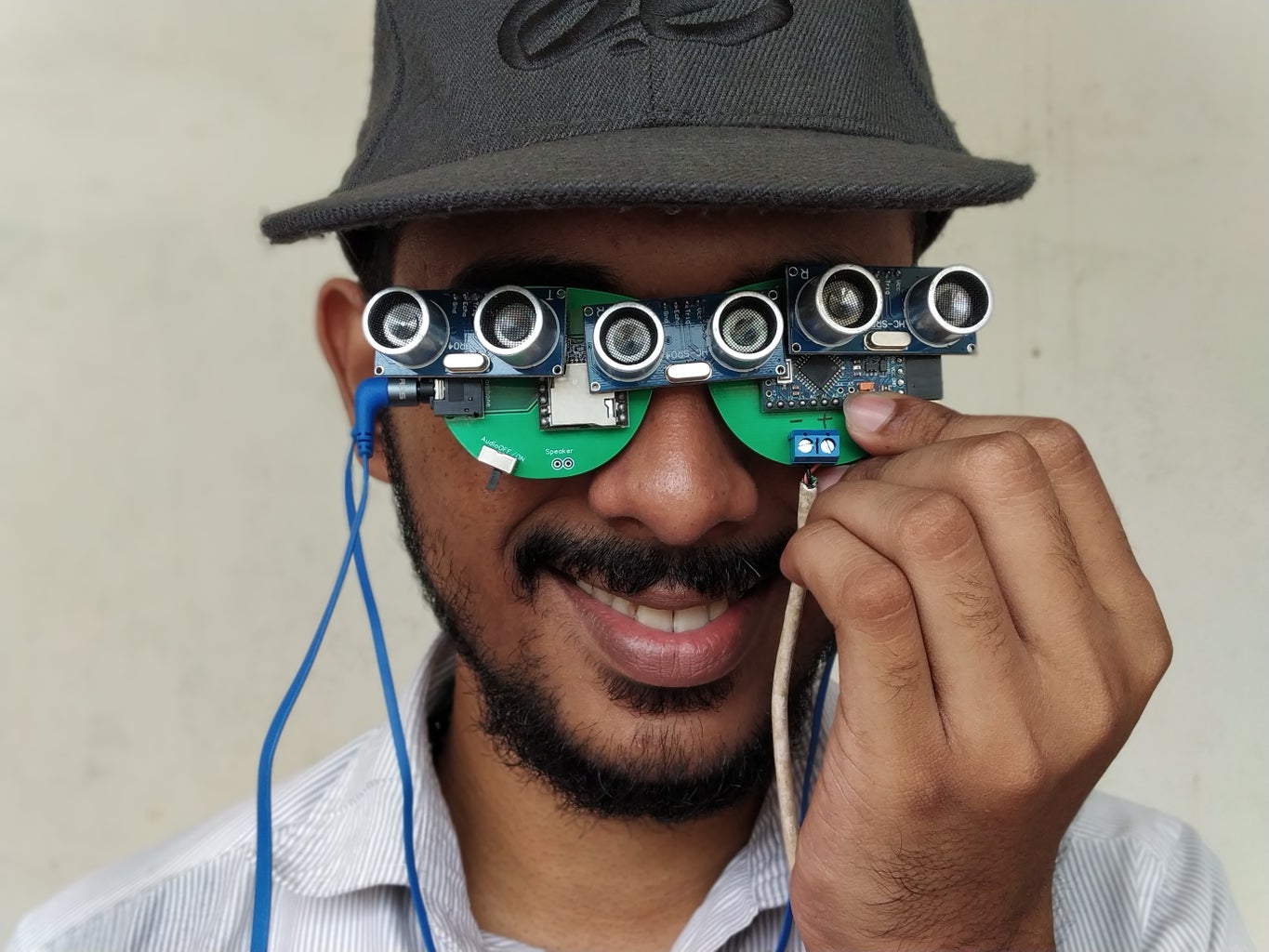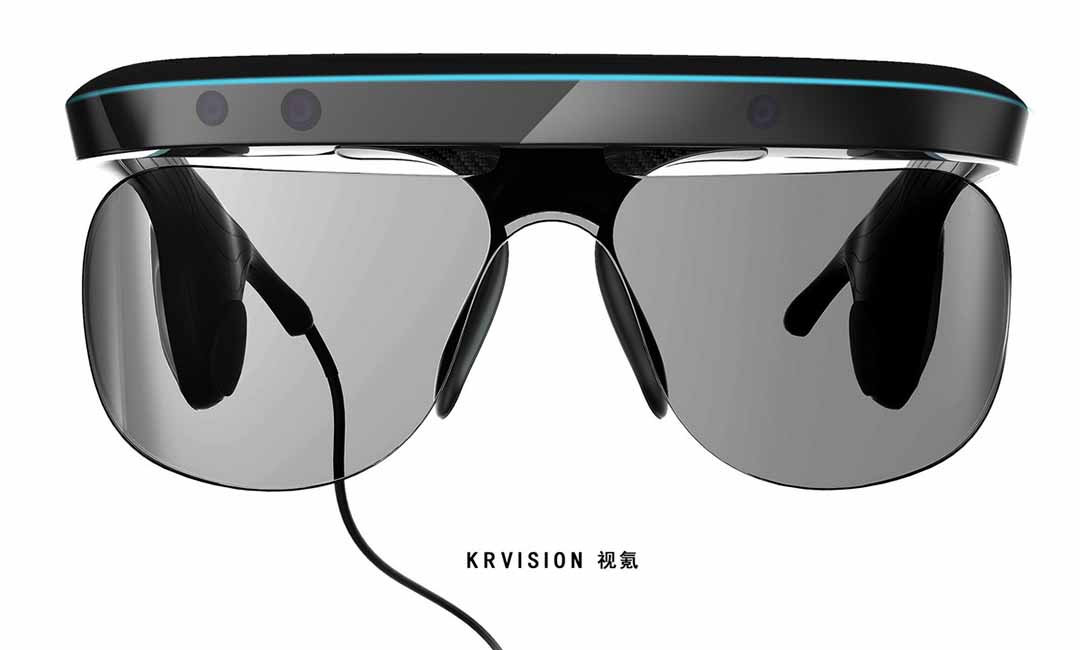Wearable Technology for Low Vision: Transforming How We Navigate the World
Ingenious Solutions in Assistive Innovation for Visual Impairment
The landscape of assistive modern technology for aesthetic disability is progressing rapidly, presenting a series of cutting-edge remedies that boost accessibility and independence. From innovative smartphone applications that assist in navigation to wearable devices designed for real-time guidance, these devices are improving the experiences of those with aesthetic disabilities. The assimilation of clever home innovations and educational sources has the prospective to foster greater area interaction. However, the effects of these improvements increase critical inquiries regarding their accessibility and performance in diverse contexts, warranting a better evaluation of their more comprehensive effect.
Improvements in Smart Device Applications
In the last few years, innovations in smartphone applications have substantially transformed the landscape of assistive modern technology for people with aesthetic problems. These applications utilize the powerful sensing units and capacities of modern smartphones to supply customers with devices that enhance independence and availability in their every day lives.
Notable among these developments are applications created for item acknowledgment, which make use of the smart device's electronic camera to identify items and provide verbal descriptions. Such features empower users to navigate their environments more efficiently, whether determining products in stores or locating individual belongings in the house. In addition, text-to-speech applications have enhanced drastically, allowing individuals to catch printed text through their tool's electronic camera and obtain immediate sound feedback, consequently promoting analysis and understanding.
Navigation applications tailored for visually damaged individuals have actually likewise emerged, offering acoustic advice and in-depth place information. These tools offer crucial support for flexibility, enabling individuals to go across unknown spaces with self-confidence. Community-driven applications have actually promoted social communication and resource sharing amongst individuals with aesthetic problems, developing a supportive network that boosts their quality of life. Generally, smartphone applications have actually come to be important allies in promoting freedom and ease of access for people with visual disabilities.
Wearable Gadgets for Navigation
Wearable gadgets for navigation have become a groundbreaking solution for individuals with visual problems, providing hands-free help that improves flexibility and orientation. These gadgets generally use sophisticated modern technologies, including GPS, ultrasonic sensors, and synthetic knowledge, to supply real-time responses and instructions to customers as they navigate their environment.
One remarkable instance of wearable navigation innovation is wise glasses, which can discover challenges and relay auditory or haptic comments to the wearer, allowing for reliable and secure motion in various settings. Various other gadgets, such as vests and belts geared up with sensing units, can likewise inform individuals of their surroundings by supplying alerts concerning neighboring items or changes in surface.
Furthermore, many wearable tools incorporate with smartphone applications, enabling customers to personalize their navigation preferences and obtain tailored path recommendations. This customization can dramatically enhance the customer experience, empowering individuals to take a trip with greater self-confidence and self-reliance.
As technology proceeds to develop, the possibility for wearable navigation tools to enhance the lifestyle for people with aesthetic disabilities remains significant, leading the way for more obtainable and inclusive atmospheres.
Smart Home Technology Integration

Additionally, clever devices equipped with tactile user interfaces or auditory comments supply intuitive interactions that cater particularly to the demands of those with visual impairments. As an example, wise refrigerators can announce their materials and expiry dates, while smart stoves can guide individuals via the cooking procedure with audio instructions.
Home automation systems, such as clever buzzers and safety cams, use satisfaction by allowing customers to obtain signals and access live feeds more tips here via their smart phones, boosting personal safety (AI-powered visual aids). In addition, assimilation with tablet computers and mobile phones guarantees that users can handle their home environment from anywhere within their properties
As wise home technology proceeds to progress, it holds the potential to change the living experiences of individuals with aesthetic impairments, cultivating self-reliance and improving lifestyle in a progressively linked world.

Educational Tools and Resources
Accessibility to effective academic devices and resources is vital for people with visual disabilities, as it empowers them to involve completely in their understanding experiences. Various assistive innovations have actually been developed to improve access and foster independent learning.
Furthermore, educational software specifically made for visually impaired individuals offers features such as high-contrast settings and personalized message sizes. These tools suit diverse discovering styles and make certain that students can tailor their instructional experience to their needs.
Furthermore, access to electronic collections and audio books broadens the array of readily available understanding products, making it possible for pupils to discover topics extensive without the restrictions imposed by traditional print sources. Joint systems that integrate availability functions also facilitate team tasks, making sure that visually impaired pupils can add meaningfully together with their peers.
Community Assistance and Interaction
A robust network of area assistance and interaction is important for individuals with aesthetic disabilities, fostering a comprehensive atmosphere where they can thrive. Area organizations, eye examination test local campaigning for groups, and volunteers play a pivotal duty in offering resources, info, and companionship, which are essential for enhancing the lifestyle for those affected by aesthetic impairments.
Involvement tasks such as workshops, gatherings, and support groups not only facilitate skill development but also promote social interaction, decreasing feelings of isolation. These initiatives encourage individuals to share challenges, successes, and experiences, thereby reinforcing area bonds. Additionally, collaborations with neighborhood services can bring about better availability in public areas, additionally integrating individuals with aesthetic problems into the community.
Technology additionally boosts community engagement via on-line platforms that provide virtual support system and resources, permitting people to connect no matter of geographical obstacles. By utilizing both in-person and digital options, communities can develop a detailed support network. Inevitably, promoting collaboration amongst different stakeholders-- including households, educators, and medical care experts-- ensures that people with visual problems get the all primary eye care natural support essential to navigate life successfully and with dignity.
Final Thought
Innovative options in assistive technology for aesthetic impairment substantially enhance the lifestyle for individuals dealing with these obstacles. The combination of smart device applications, wearable devices, wise home technology, and academic devices fosters higher freedom and ease of access. In addition, community support and involvement further equip aesthetically damaged individuals, advertising inclusivity and engagement in various elements of life. Collectively, these innovations not only transform everyday experiences however additionally lead the way for a more equitable society.
The landscape of assistive modern technology for aesthetic problems is advancing swiftly, offering an array of cutting-edge options that improve availability and self-reliance. Community-driven applications have promoted social interaction and resource sharing amongst people with aesthetic disabilities, producing a supportive network that enhances their quality of life. On the whole, smart device applications have actually ended up being important allies in promoting autonomy and access for people with aesthetic disabilities.
Many people with aesthetic disabilities are discovering greater freedom with the integration of clever home modern technology.Ingenious services in assistive technology for aesthetic disability significantly boost the high quality of life for individuals encountering these difficulties.